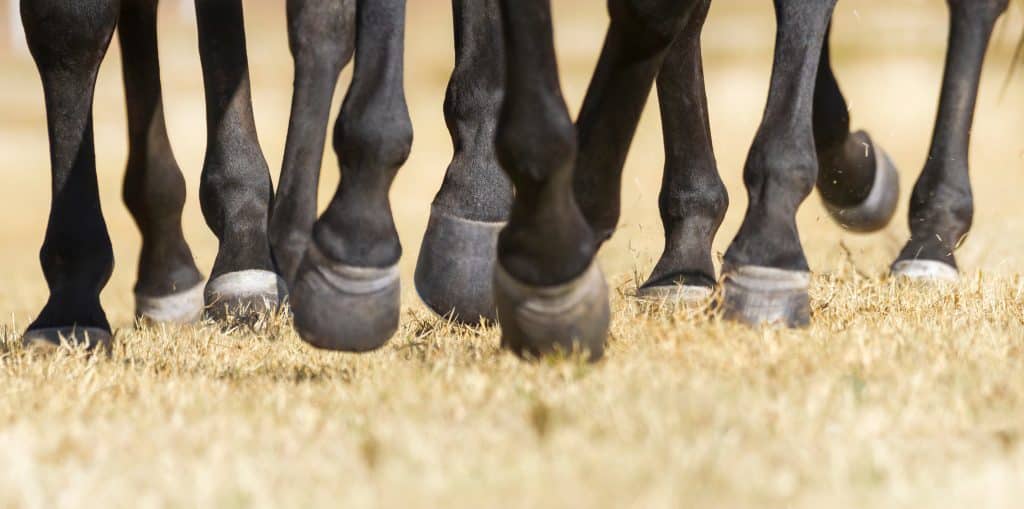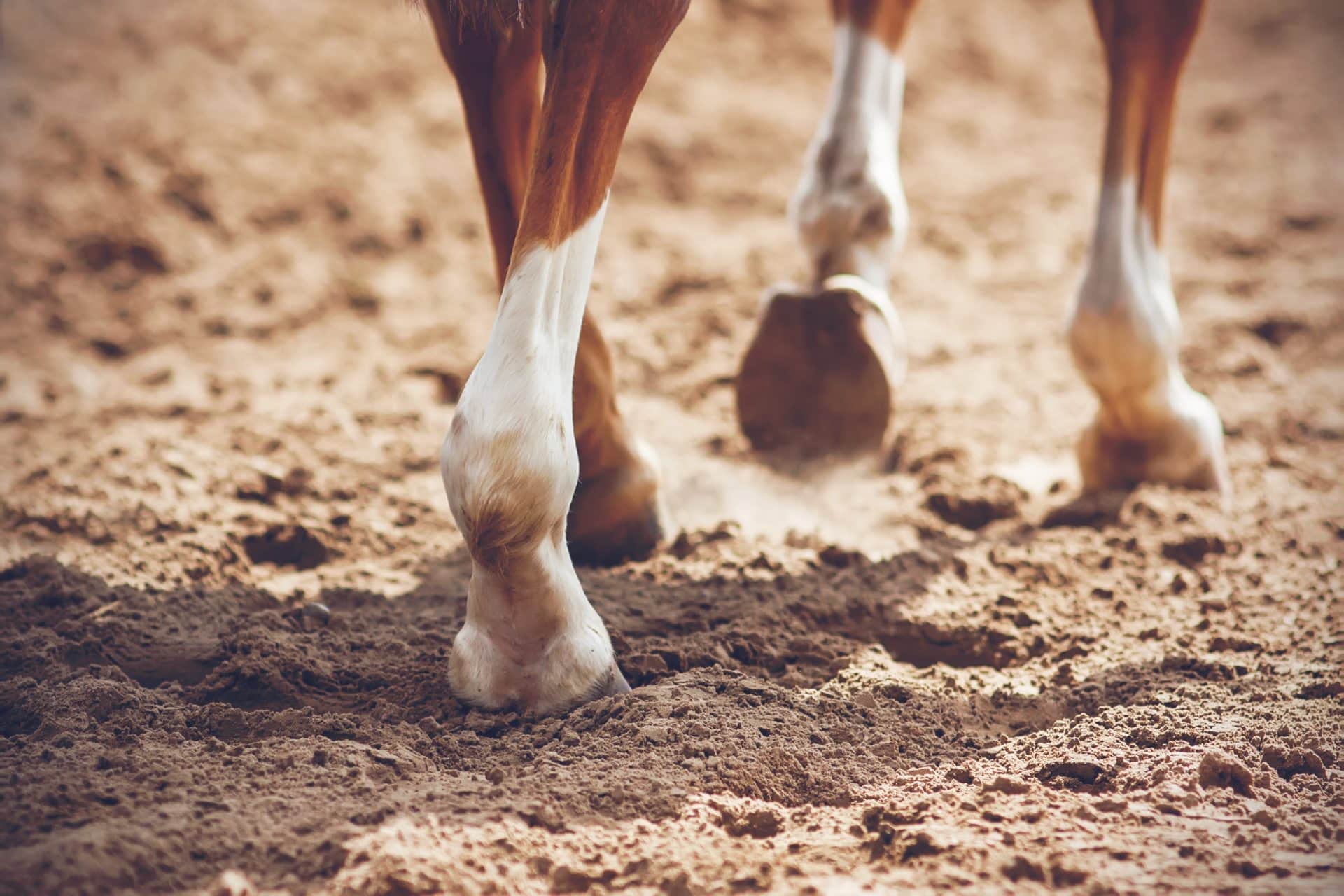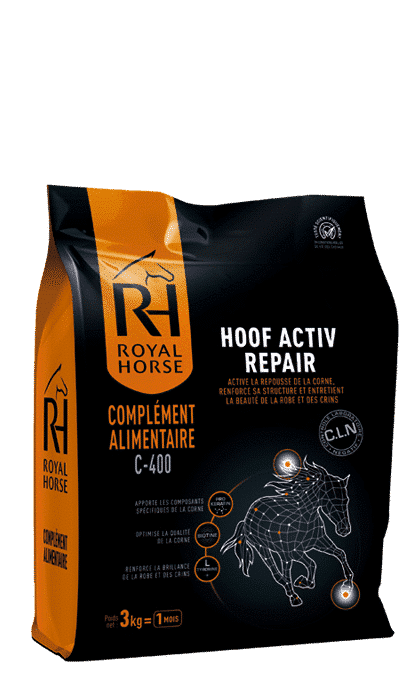No hoof, no horse! This well-known expression reveals a very complex reality. Numerous pathologies can affect a horse’s hooves and prevent it from moving normally. As with other pathologies, prevention is better than cure, thanks to a few simple tips.
The most common hoof problems
Rotten forks
It’s very common for the hoof fork to soften and begin to crack. The main cause of rotten forks is dampness or poor maintenance of the ground on which the horse runs. In the most serious cases, the crack can go so far as to touch the living tissue in the hoof, or allow germs, bacteria or fungi to enter. So it’s important to treat them quickly. There are a number of products on the market for this purpose. Treatment should be carried out every day for several days. Ideally, horses with rotten forks should be placed on dry ground.
Bleaches
These are the equivalent of a hematoma in the hoof. The cause may be, for example, a bump on a pebble (common on trail rides). It rarely causes severe lameness, but can develop into an abscess. So keep an eye on it. The best remedy is to rest for a few days.
Seimes
A seime is a crack that appears vertically on a horse’s hoof. It can be either ascending (from the hoof wall in contact with the ground, upwards towards the crown) or descending (from the crown downwards towards the hoof wall). The cause of seime is often a dry hoof with brittle horn, poor hoof maintenance or trauma (e.g. a shock). Here, the farrier takes action. He creates a perpendicular groove to prevent rising seimes from flowing up to the crown. He can also use staples to prevent the seimes from spreading too far apart.
The anthill
The hoof ant farm is a detachment between the sole wall and the white line, which rises towards the crown. It causes air and germs to enter the hoof. It is therefore important to treat it properly. It is often discovered during trimming or on X-rays. Notorious causes include poor hoof maintenance, seime, poor-quality horn, undetected abscesses, etc. In these cases, it’s best to wait until the hoof has been cleaned. In this case, you’ll have to wait for the horn to regrow before the ant farm disappears.
Abscesses
Hoof abscesses can have many causes (shock, introduction of a foreign body into the hoof, etc.). It is generally very painful for the horse, which suffers severe lameness. To treat an abscess, once it has been located in the hoof, the veterinarian (or farrier) tries to trim the sole until the abscess is reached. Once the abscess is pierced, the pus can drain away. This reduces pressure in the hoof, and therefore pain for the horse. When the abscess is still too high in the hoof, linseed poultices can be applied to the sole to ripen the abscess until it reaches the surface. The abscess should then be treated daily with antiseptic products and dressings.

A few tips for good hoof care
Tip 1: Regular maintenance
A healthy hoof starts with regular maintenance. Every day, clean your horse’s hooves and check that each hoof is in good condition (no foreign bodies, good condition of the frog, no seime, etc.).
Tip 2: Apply a care product every week
Next, grease your horse’s hooves at least once a week with a suitable product. In winter, use drying products to combat dampness. In summer, more nourishing products are preferable. With the heat and less rainfall, horses’ hooves tend to dry out.
Tip 3: Take a course of nutritional supplements
If the quality of your horse’s hoof horn is not optimal, you can take a course of biotin-based dietary supplements. Royal Horse C400 Hoof Activ Repair contains PROKERATIN®, an exclusive amino acid complex that boosts horn regrowth. As well as making the horn firmer, biotin gives your horse’s coat a glossier appearance.
Tip 4: call in your farrier
For shod horses, call in the farrier every 6 to 8 weeks to prevent the hooves from becoming too long, which could lead to one of the above-mentioned pathologies. For unshod horses, bring the farrier in for regular trimming (every 4 to 5 weeks, depending on how quickly the hoof horn wears).
Tip 5: Keep your horse dry!
As a general rule, and wherever possible, try to keep your horse away from damp or poorly maintained ground.




